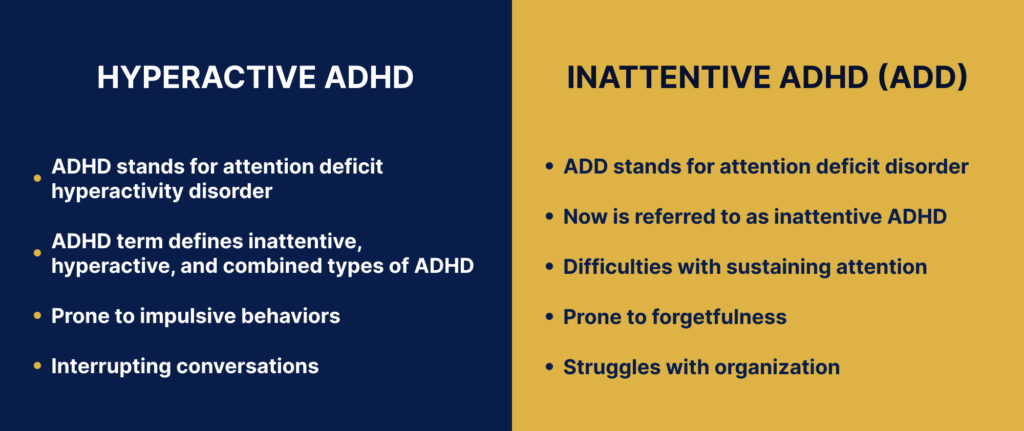Tantrums and meltdowns are common occurrences in childhood, but they can be particularly challenging for parents and caregivers to manage. Whether it’s a toddler’s explosive outburst or an older child’s meltdown, understanding the underlying causes and employing effective strategies can help diffuse these situations and support the emotional well-being of the child. This article delves into the differences between tantrums and meltdowns, explores their triggers, and offers practical strategies for parents and caregivers to handle these challenging behaviors with empathy and effectiveness.
Differentiating Tantrums from Meltdowns
Tantrums
Tantrums are typically characterized by an outburst of frustration, anger, or disappointment. They often occur when a child is unable to express their needs or desires effectively, leading to a loss of emotional control. Tantrums are common in toddlers and young children, as they are still developing their emotional regulation skills. These outbursts may include crying, screaming, stomping, or even hitting or kicking.
Meltdowns
Meltdowns, on the other hand, are more intense and overwhelming than tantrums. They often occur in response to sensory overload, anxiety, or emotional overload. During a meltdown, the child may feel completely out of control and unable to cope with their emotions. This can result in extreme behaviors such as screaming, crying uncontrollably, self-injurious behaviors, or even withdrawing completely.
Understanding Triggers
Identifying the triggers that lead to tantrums or meltdowns is crucial for effective management. Triggers can vary widely from one child to another, but common triggers include:
- Overstimulation: Loud noises, bright lights, crowded spaces, or chaotic environments can overwhelm some children, leading to sensory overload.
- Frustration: Difficulty with a task, communication challenges, or feeling misunderstood can all trigger frustration and subsequent outbursts.
- Transition and Change: Sudden changes in routine, transitions between activities, or unexpected events can be difficult for some children to handle, leading to anxiety and meltdowns.
- Emotional Regulation: Children who struggle with regulating their emotions may be more prone to tantrums or meltdowns when faced with stressors or challenges.
Tantrums and meltdowns are often distressing for both children and caregivers, but behind these challenging behaviors lie triggers that prompt such emotional outbursts. Understanding these triggers is essential for parents and caregivers to effectively manage and support children experiencing tantrums and meltdowns. In this article, we will delve deeper into the various triggers that can lead to these episodes, exploring their nuances and implications for caregiving strategies.
Overstimulation: The Sensory Overload Conundrum
For many children, sensory overload can be a significant trigger for tantrums and meltdowns. The sensory world can be overwhelming, with sights, sounds, smells, textures, and tastes bombarding the senses. In crowded places, bustling environments, or situations with bright lights and loud noises, children can quickly become overstimulated. This sensory overload can lead to feelings of anxiety, discomfort, or agitation, ultimately resulting in emotional outbursts.
Understanding Sensory Processing Differences
Children with sensory processing differences, such as those with sensory processing disorder (SPD), autism spectrum disorder (ASD), or attention deficit hyperactivity disorder (ADHD), may be particularly sensitive to sensory stimuli. For them, seemingly innocuous sensations like the hum of fluorescent lights or the scratchy tag on a shirt can trigger intense discomfort or distress. Understanding and accommodating these sensory differences are crucial for managing tantrums and meltdowns in these children.

Caregiving Strategies:
- Create a Sensory-Friendly Environment: Minimize sensory triggers by creating a calm, predictable environment with soft lighting, soothing colors, and comfortable seating. Provide sensory tools like noise-canceling headphones, weighted blankets, or fidget toys to help regulate sensory input.
- Offer Sensory Breaks: Recognize signs of sensory overload and offer opportunities for sensory breaks in a quiet, calming space where the child can decompress and regulate their senses.

Frustration: Navigating the Struggles of Communication and Understanding
Another common trigger for tantrums and meltdowns is frustration, often stemming from challenges with communication, understanding, or expressing needs and desires. Young children, in particular, may lack the language skills or emotional maturity to effectively communicate their thoughts and feelings, leading to feelings of frustration and helplessness.
Communication Challenges
For children with speech and language delays, processing difficulties, or conditions like autism spectrum disorder (ASD), communicating their needs and emotions can be particularly challenging. When they are unable to express themselves verbally or feel misunderstood, frustration can quickly escalate into a tantrum or meltdown.
Caregiving Strategies:
- Use Visual Supports: Visual aids such as picture schedules, emotion charts, or communication boards can help children communicate their needs and feelings more effectively, reducing frustration and promoting understanding.
Encourage Alternative Forms of Expression: Offer alternative means of communication, such as sign language, gestures, or communication apps, to empower children to express themselves in ways that work for them.
Transition and Change: Navigating the Turbulent Waters of Uncertainty
Transitions and changes in routine are notorious triggers for tantrums and meltdowns, as they disrupt the predictability and stability that many children crave. Whether it’s transitioning from one activity to another, moving to a new environment, or experiencing unexpected changes, children can feel overwhelmed by the uncertainty and lack of control.
Anxiety and Uncertainty
Transitions and changes often evoke feelings of anxiety and uncertainty in children, especially those who thrive on routine and predictability. The fear of the unknown, coupled with the loss of control over their environment, can fuel emotional dysregulation and trigger tantrums or meltdowns.
Caregiving Strategies:
- Provide Predictability: Establish consistent routines and rituals to provide children with a sense of predictability and security. Use visual schedules, timers, or countdowns to prepare them for transitions and changes in routine.
- Offer Transition Supports: Use transition supports such as visual cues, verbal warnings, or transition objects (e.g., a favorite toy or blanket) to ease the transition process and reduce anxiety.
Emotional Regulation: Navigating the Roller Coaster of Emotions
Difficulties with emotional regulation are at the core of tantrums and meltdowns, as children struggle to manage overwhelming emotions and impulses. Whether it’s frustration, anger, anxiety, or sadness, these intense emotions can quickly escalate, leading to emotional outbursts.
Overwhelmed by Emotions
Children, especially those with developmental differences or mental health challenges, may be more prone to experiencing intense emotions that are difficult to regulate. When faced with stressors, disappointments, or unmet needs, these emotions can quickly overwhelm the child, resulting in tantrums or meltdowns.

Caregiving Strategies:
- Teach Emotional Regulation Skills: Help children develop coping skills for managing their emotions, such as deep breathing, mindfulness, or progressive muscle relaxation.
- Model Calm Coping Strategies: Role model calm, constructive ways of managing emotions when faced with challenges, showing children healthy ways to cope with stress and frustration.
Conclusion: Nurturing Understanding and Support
Tantrums and meltdowns are complex manifestations of children’s emotional struggles, often rooted in various triggers that can overwhelm their developing coping mechanisms. By delving into the differences between tantrums and meltdowns and exploring their triggers, parents and caregivers gain valuable insights into the underlying causes of these challenging behaviors.
Understanding that tantrums are typically characterized by frustration and a loss of emotional control, while meltdowns are more intense and overwhelming reactions to sensory overload, anxiety, or emotional dysregulation, is the first step in effectively managing these situations. However, it’s essential to recognize that triggers can vary widely from one child to another, and each child’s unique needs and sensitivities must be considered.
From sensory sensitivities and communication challenges to transitions and emotional regulation difficulties, each trigger presents its own set of challenges for children and caregivers alike. Sensory overload, for example, can lead to feelings of anxiety and agitation, while communication barriers can frustrate children who struggle to express their needs effectively.
In navigating these triggers, caregivers play a pivotal role in providing support, validation, and guidance to help children navigate their emotions and behaviors more effectively. Creating sensory-friendly environments, using visual supports, offering predictability during transitions, teaching emotional regulation skills, and modeling calm coping strategies are just some of the many ways caregivers can support children in managing their triggers and building resilience.
Moreover, it’s crucial for caregivers to approach tantrums and meltdowns with empathy and understanding, recognizing that these behaviors are not deliberate acts of defiance but rather expressions of unmet needs or overwhelming emotions. By fostering a supportive and nurturing environment, caregivers can help children feel valued, understood, and empowered to navigate their emotions with resilience and grace.
In conclusion, navigating tantrums and meltdowns requires patience, empathy, and proactive caregiving strategies. By understanding the triggers behind these behaviors and implementing targeted interventions, parents and caregivers can create an environment where children feel safe, supported, and capable of regulating their emotions effectively. With a collaborative approach that considers each child’s unique needs, caregivers can empower children to thrive emotionally and build the foundation for healthy emotional development.






